2 Reasons this Urban Multifamily Community Vegetable Garden is Successful
|
|
2 Reasons this Urban Multifamily Community Garden is Thriving
People are growing their own food in bigger number than ever before. In urban areas this trend is surging, particularly in multifamily communities. These communities include apartments and condominium associations. It enhances the sense of community and increases property values. An NYU study in 2006 (the last one we saw) found that regardless of the neighborhood’s income level, property values increased up to 9.5 percent.
This month we’re talking about a client garden in Oakland and the reasons for its success. It’s one thing to start a garden. But, maintaining it requires a different set of skills, knowledge and time. We’ve distilled the success of this multfamily’s garden to these two factors.
- How they are maintained. It’s actually not the how – but who. Their vegetable garden pictured above is maintained by someone outside of the multifamily community. Gardeners’ Guild performs the maintenance, but it doesn’t have to be us, or any company. It can be one or two people. The key to its success is that the gardener is outside of the community. It’s a cleaner relationship. No entanglements with the community. See our explanation below.
- Fundamental for plant survival is – the right plant/right place; soil and proper amount of water and light But that’s not everything.
How an Outside Gardener Helped Make this Garden Successful
This is especially relevant for urban multifamily housing like homeowner’s associations or apartments. Many of these residents are super busy and don’t have time to maintain a garden. Yet these urban communities recognize the benefits of an edible garden. It is convenient. Healthier and less expensive.
The realities of plant maintenance, however, can sometimes undo all the hard work of planting an edible garden. We’ve seen it happen. Plant problems occur. The solution rests on a board or committee burdened by multiple priorities. Sometimes there is disagreement among the group on a solution. The garden may suffer.
When the maintenance is done outside the community it takes all the guesswork, planning and scheduling off the shoulders of residents. They can enjoy their edibles without being pulled into the work of managing them.
Some residents and/or committee members may be horticultural experts, equally experienced with maintenance. However, if they don’t have the time, or have conflicting loyalties, it could impede the garden’s success.
If you choose to outsource the maintenance of your edible garden
Develop a garden maintenance scope of work that includes these basics.
- Watering – either with irrigation or hand watering. Keep in mind hand watering takes more time and will cost you more.
- If irrigation, make sure your gardener understands how to program and troubleshoot problems.
- Pruning – excess foilage helps direct their growth, let in light and helps protect from disease. If they become overgrown it is harder to access air and nutrients.
- Thinning -this is important so that each plant has sufficient space to grow and mature.
- Weeding
- Fertilizing – type of fertilizer and frequency will depend on the plants.
- Monitor for pests. One of the most importanta components of managing pests – is monitoring.
- Composting. As a top dressing. This will keep the soil healthy.
Do
- Interview contenders
- Obtain references
- Set and adhere to timelines for making your decision and for a start date.
How to grow the edibles pictured above
Right plant, right place, soil and water
It’s a new association in Oakland. We recently planted strawberries, marigolds, artichokes, parsley, cilantro, and lettuces.
Below is a snapshot of how to grow them.
Strawberries
When to plant depends on the variety. Some can be planted in February through early spring.
Where to plant They thrive in a California coastal climate
Light full sun.
Soil that drains well and they prefer acidic soil, but will grow in others.
Fertilization Once a week
Water during fruit-bearing season water 2 to 4 days a week
Notes They are happier when planted in the ground rather than containers.
 |
Artichokes
When to plant Late winter or early spring
Where to plant They like cool coastal climate. In a hot dry area you can plant them in partial shade.
Light 4-6 hours of sun daily
Soil Loose fertile soil with organic matter added
Fertilization Monthly nitrogen fertilizer during spring and summer
Water Regular deep watering
Notes Can be grown from seeds or starts from a nursery; can be damaged by frequent hard frosts
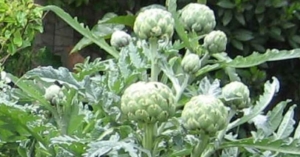 |
Parsley
When to plant Early spring or late fall.
Where to plant near your kitchen.
Light 6 hours of sun daily.
Soil Any kind, but must drain well.
FertilizationContainer plants will need more frequent fertilizing.
Water Keep soil evenly moist.
Notes Harder to grow by seed. Best to purchase starts from a nursery; they are a biennial.
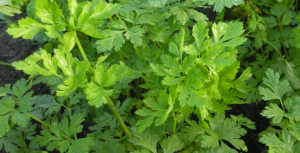 |
Lettuce
When to plant Depends in the type. Early spring or fall, but can be grown year-round. Best grown by transplants.
Light 6 hours of sun daily.
Soil Loose soil that drains well.
Fertilization Adequate nitrogen. Adding compost will improve growing conditions.
Water Regular watering.
Notes Harvest in the morning. It will be crisper.
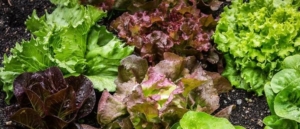 |
It’s About Having a Successful Vegetable Garden
If your apartment or homeowner’s association is in an urban part of the San Francisco Bay area, you may choose to have residents take on the care of your edible garden. It may be a big success and enhance the social interaction between residents. Or, your multifamily community may opt to have an independent contractor maintain your garden for reasons discussed above. Whatever you do, let us know about your experiences.
Our Sources
- SF Gate – multiple editions
- Master Gardeners – multiple articles

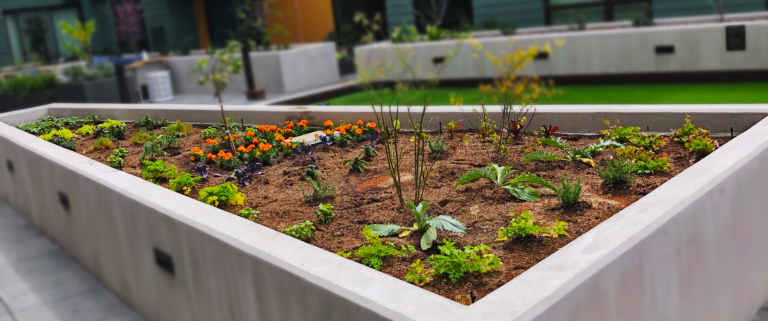
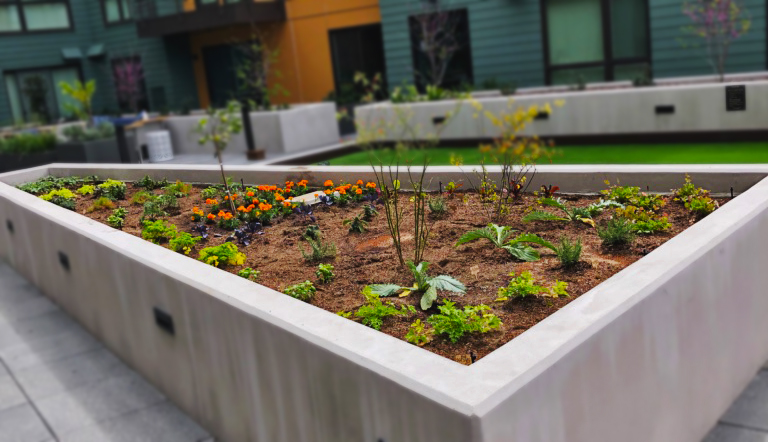

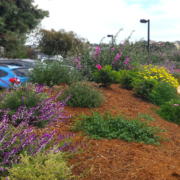
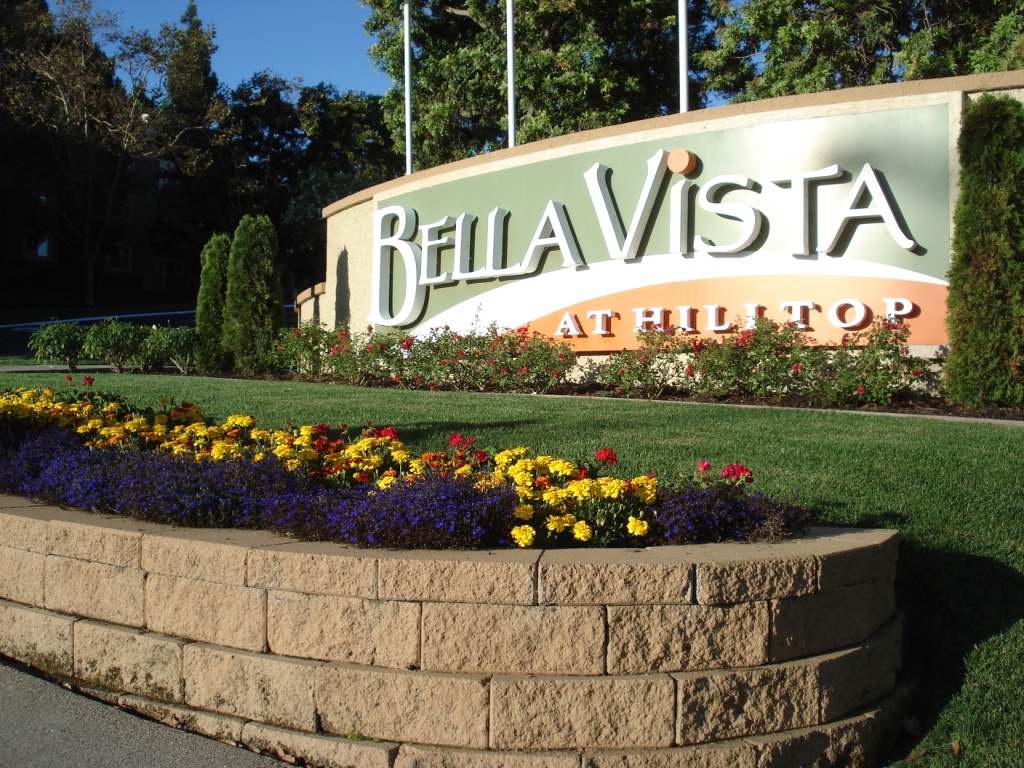
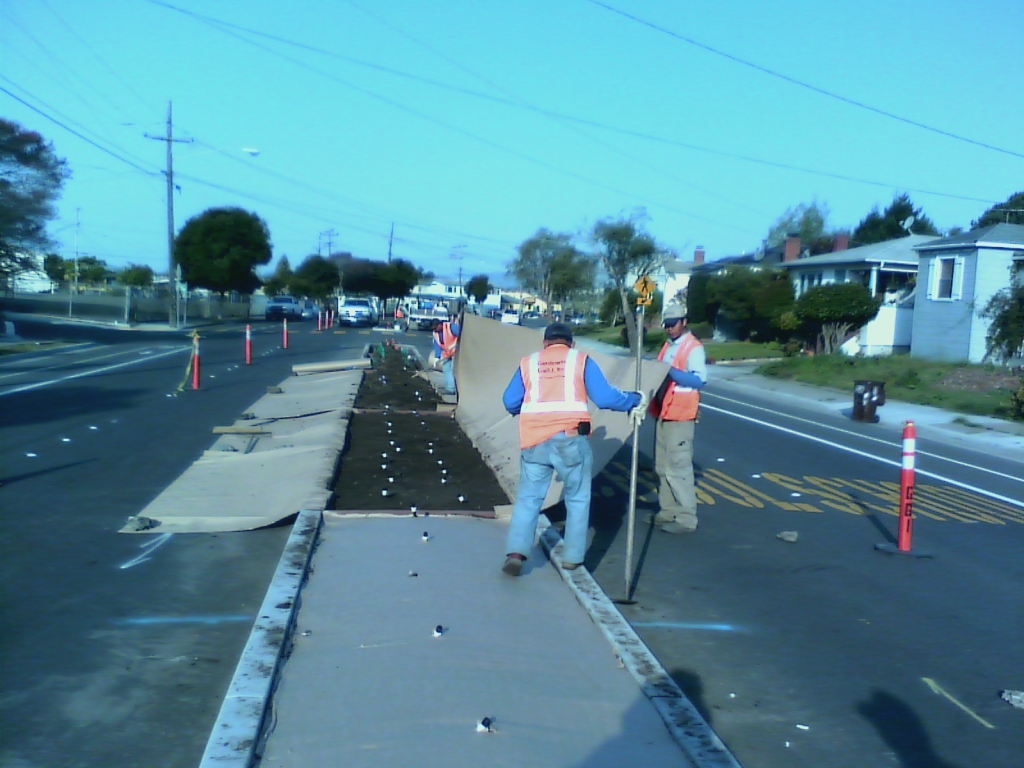
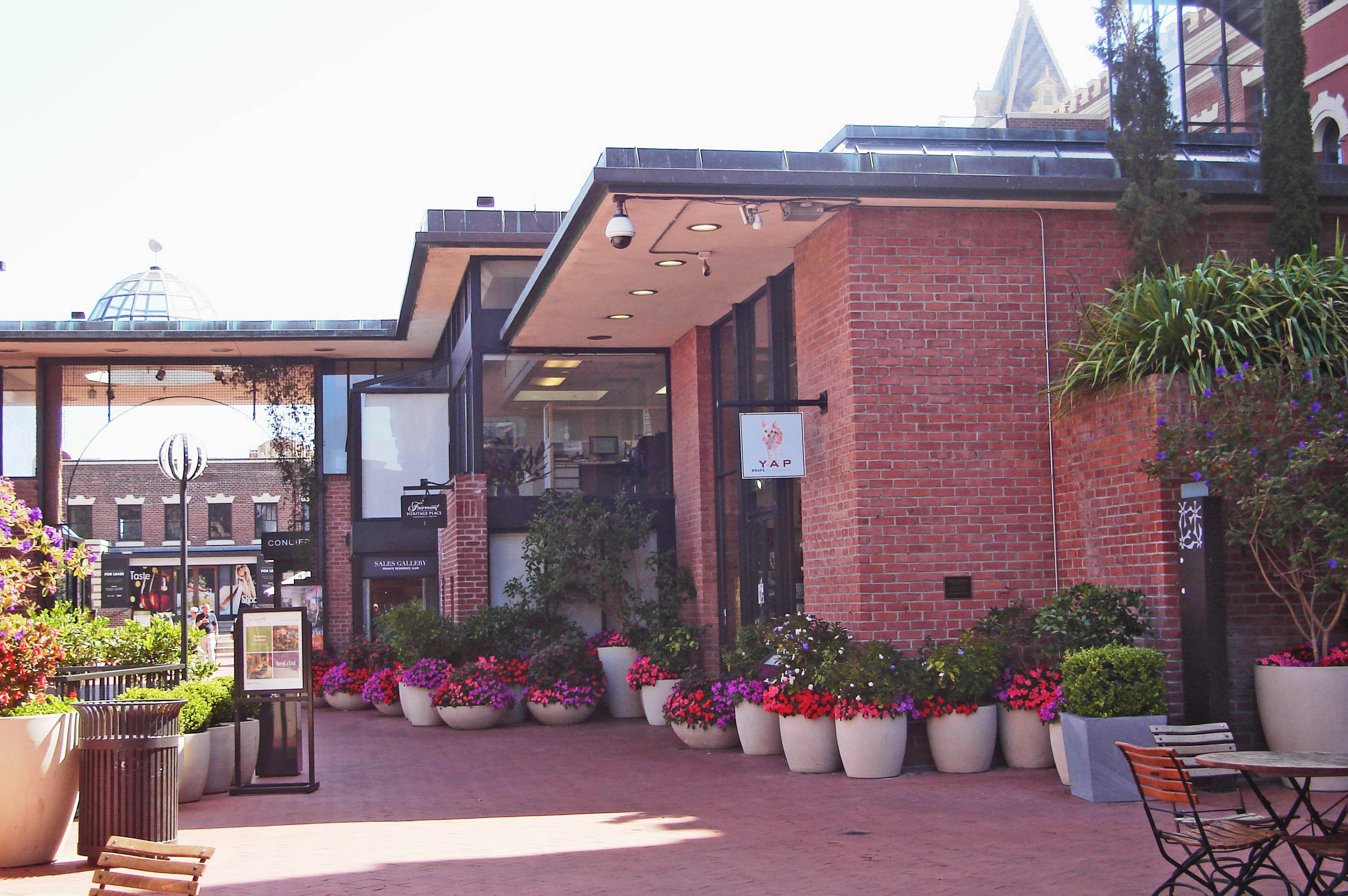
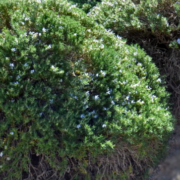
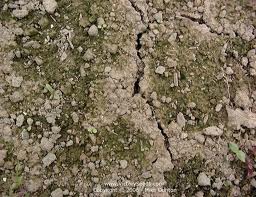

Leave a Reply
Want to join the discussion?Feel free to contribute!